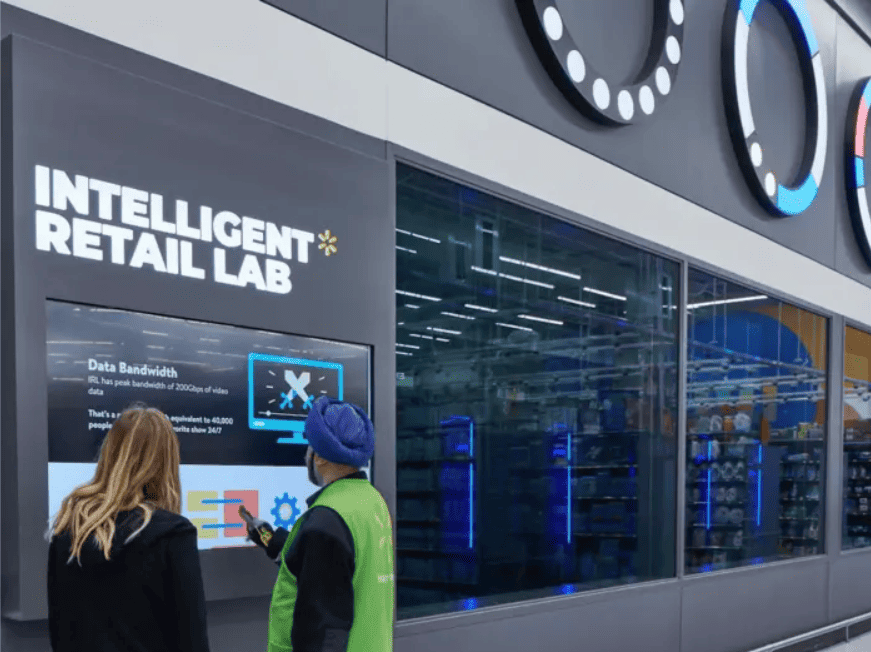QuickBooks: The Secret Weapon for Financial Mastery

Once upon a time, in the bustling city of entrepreneurs, there was a thriving startup called TechVentures. Led by its visionary CEO, Emma, and her co-founder, Mark, the company was making waves in the tech industry with their innovative products. However, as the business grew from a team of 5 to over 50 employees, managing their finances became increasingly complex.
Emma and Mark found themselves drowning in a sea of over 1,000 spreadsheets, 5,000 invoices, and countless receipts. Tracking their monthly expenses, which averaged around $200,000, managing payroll for their growing team, and reconciling bank statements with transactions exceeding $1 million became a daunting task, consuming countless hours that could have been better spent on strategic planning and product development.
That’s when their trusted CFO, Robert, introduced them to QuickBooks, a game-changer in the world of accounting and finance software.
Case Study: TechVentures’ Journey with QuickBooks
Initially skeptical, Emma and Mark decided to give QuickBooks a try, and it didn’t take long for them to realize the transformative power of this tool. Within the first month of implementation, they reduced their time spent on financial management by a staggering 40%.
With QuickBooks, TechVentures streamlined their entire financial management process. From generating over 2,000 invoices and tracking payments worth $5 million to reconciling bank accounts with transactions totaling $10 million and managing payroll for their 50 employees, everything was seamlessly integrated into a single platform.
“QuickBooks was like having a personal financial assistant at our fingertips,” Emma remarked. “It saved us countless hours of manual data entry and reduced the risk of errors by 80%, allowing us to focus on driving our business forward.”
One of the standout features that impressed Robert was QuickBooks’ robust reporting capabilities. With just a few clicks, he could generate detailed financial reports, providing Emma and Mark with real-time insights into their company’s performance, which included a 25% year-over-year revenue growth and a 35% increase in profitability.
“QuickBooks gave us a bird’s-eye view of our financial health,” Mark added. “We could easily track our cash flow, which averaged $500,000 per month, identify areas for cost optimization, and make strategic decisions that propelled our growth.”
As TechVentures continued to expand, reaching over 100 employees and $20 million in annual revenue, QuickBooks seamlessly scaled with their needs. The software’s cloud-based architecture allowed for secure access from anywhere, ensuring that Emma, Mark, and Robert could collaborate on financial matters regardless of their location.
“QuickBooks became an integral part of our business operations,” Robert shared. “It fostered transparency and collaboration within our team, enabling us to maintain financial accuracy of over 99.9% and compliance with ease.”
The journey with QuickBooks didn’t stop there. TechVentures also leveraged the software’s integration capabilities, connecting it with their other business tools, such as their CRM platform with over 10,000 customer records and their project management software tracking over 200 active projects. This seamless integration streamlined their workflows and eliminated data silos, further enhancing their operational efficiency.
Today, TechVentures stands as a shining example of how embracing the right tools can transform a business. QuickBooks has become their trusted ally, empowering Emma, Mark, and Robert to make informed decisions, optimize their financial processes, and pave the way for continued growth and success, projecting a 40% increase in revenue for the upcoming year.










